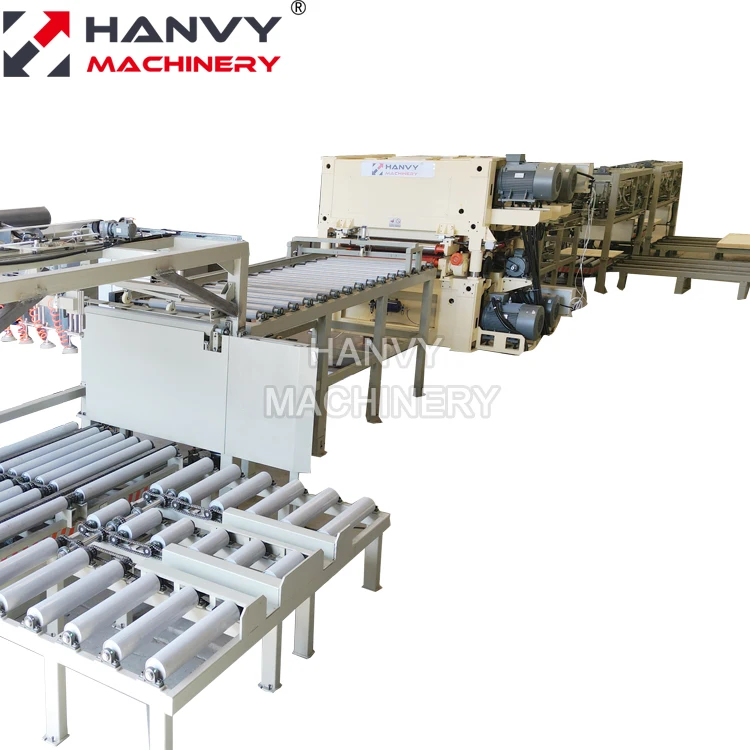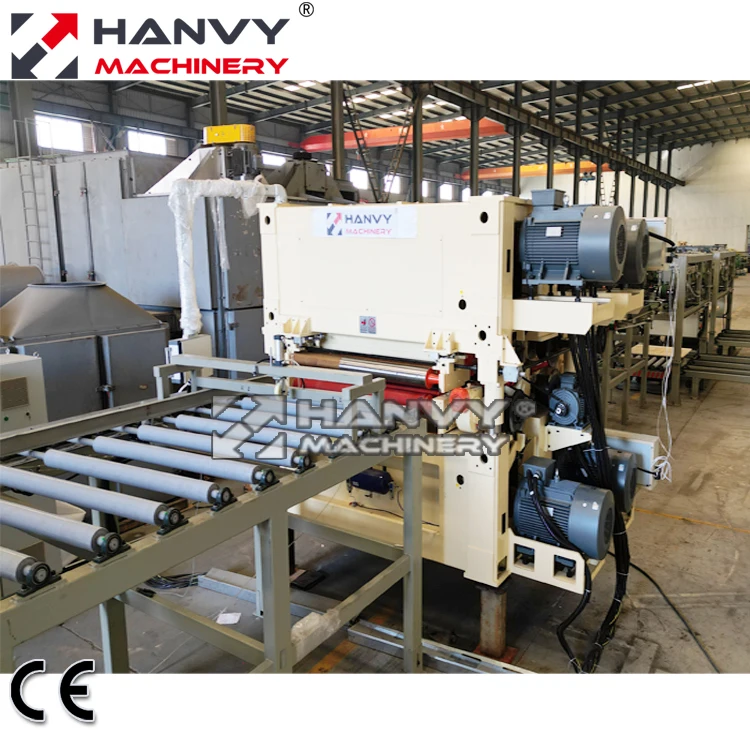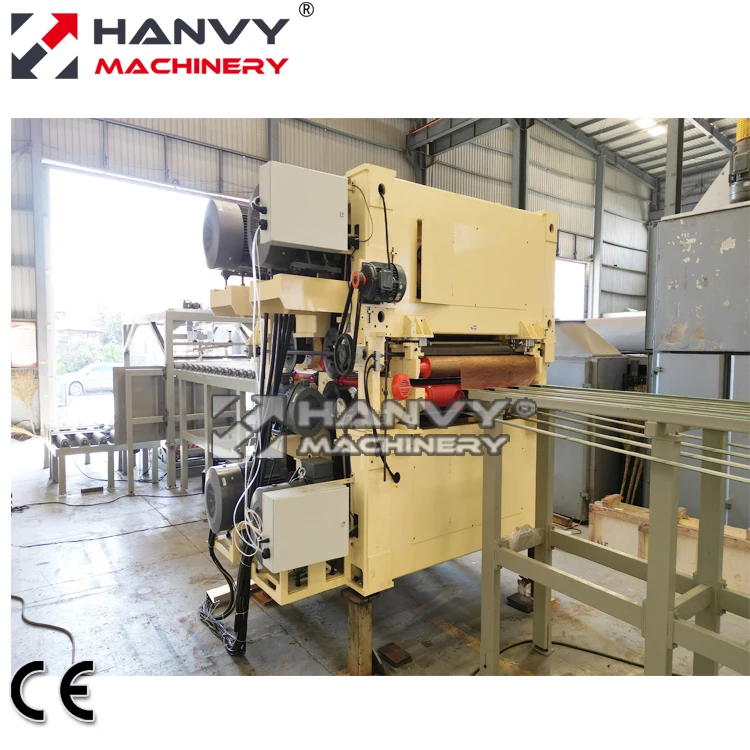Plywood is a commonly used material for the construction of many things, including furniture and buildings. Its durability comes from the fact that it is built using multiple layers of glued wood Andc.) before we can put it into work for house projects are sanded to make sure they're polished on all sides. If we are talking about sanding large amount of plywood and doing it by hand, then this could take ages to do (and be quite messy at the same time!). To do this is why people use a plywood sanding line, but what IS it?
The Plywood Sanding Line is a type of machine that can sand plywood self-sufficiently, this allows it to complete the entire job without any help. The machine is composed of many pieces that all work together and the end result which it sands your plywood fast & even. For the record: First, plywood sheets on conveyor line. Once they are put on the line, plywood moves down a sequence of spinning sanders — or "sanding drums" that adjust smaller and thinnerôle. This step is critical as it prepares the plywood so that you have a nice, even surface. Once the sanding is completed, the sanded plywood comes off the line and it gets ready to be used.
The sanding line of the plywood is all provided with leading, which can also be wiped into an arc joint dustpan. The first reason is that the machines all sand things using identical motions which gives a very smooth look when it comes to finished plywood. Which is extremely important for one simple reason; it guarantees customers are happy with the plywood they receive. The customer that receives best plywood will be the one more likely to purchase it again in the future Web: https://plywood-ply-ka.com/.
Another key point of the plywood sanding line in this environment is that we definitely can modulate and adapt it to our own needs. Here, we can take the example of varying sizes sanders for different plywood types. Rough sanding will be needed for some plywood, while others may require a fine finish. The sanding line can be improved with additional features, if required to get further enhanced production of high-grade plywood.

One of the most critical step for plywood to look good with zero rough edges is sanding. Plywood must have been sand to make it smooth or else, there would be rough spots and imperfections that could affect the value of plywood making customers no choose. We all know how important it is to have a sleek surface so as our phone looks new and smooth.

An excellent sanding technique is as the plywood walks across this line, to employ smaller sized sanders. It is one way to remove any uneven surface. It is also crucial to use proper pressure when you sand. Too heavy a pressure will cause uneven sanding as some areas may be sanded more than others. Alternatively, if we apply too little pressure the plywood may not be sanded effectively which in turn can cause problems.

More than being fast in its operation, a sanding line is fully programmable to the specific requirements of an application. On the other hand, a different plywood may need to be sanded in another way altogether. As a result, modern sanding line is capable of being tailored to the fine distinctive parameters of those with different requirements where everything can be sanded accordingly depending on each type (class) of plywood for better results.